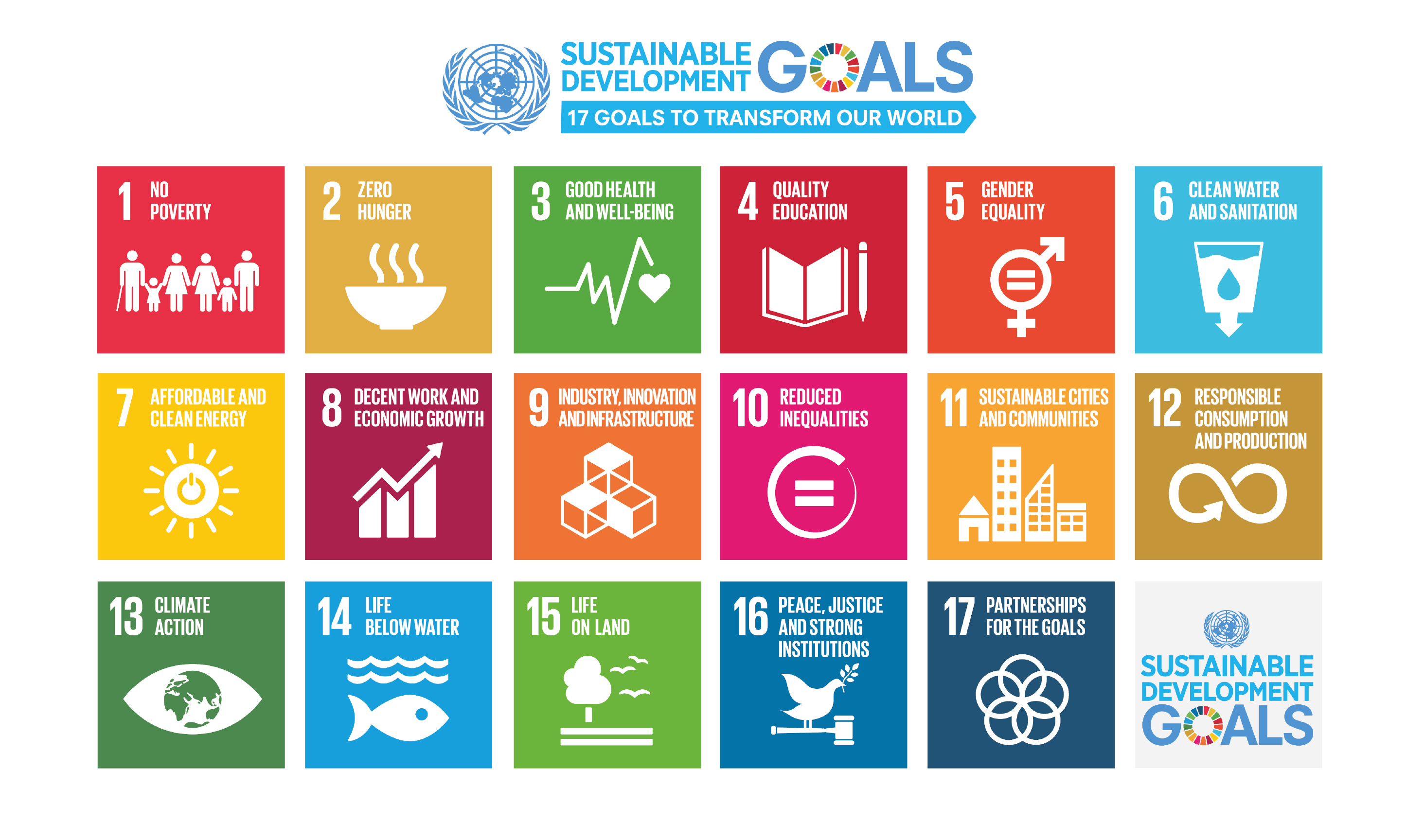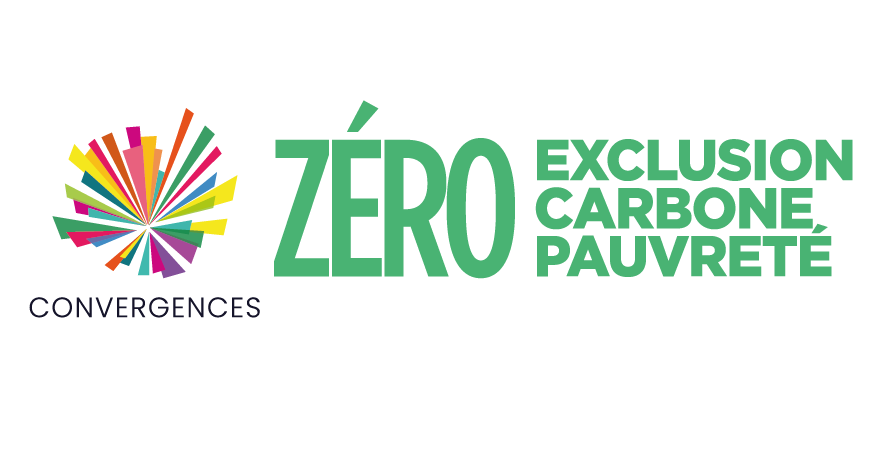 While the Millennium Development Goals (MDGs) have achieved results, particularly in reducing extreme poverty1, they have been widely criticised for turning the extremely poor into the “relatively poor”2. Ban Ki Moon, Secretary-General of the United Nations from 2007 to 2016, admits this willingly in his signed preface on page three of the MDG report3.
While the Millennium Development Goals (MDGs) have achieved results, particularly in reducing extreme poverty1, they have been widely criticised for turning the extremely poor into the “relatively poor”2. Ban Ki Moon, Secretary-General of the United Nations from 2007 to 2016, admits this willingly in his signed preface on page three of the MDG report3.
Between 2012 and 2015, the drafting of the 2030 Agenda was guided by the desire to guarantee social, environmental and economic equality between and within countries. This was the only true condition for the acceptability – and hence the sustainability – of our lifestyles, our organisations and our territories.
SDG 10 “Reduce inequality within and among countries” is the embodiment of this desire for universal equality. Its targets seek to tackle the causes of inequality in all countries, not just in the so-called “southern countries”, because we are all, as countries, engaged in the process of sustainable development. These targets implicitly show that countries’ internal inequalities have increased. They also recognise that economic growth is not sufficient to reduce poverty if it is not inclusive and if it does not involve the three dimensions of sustainable development – economic, social and environmental. With the 2030 Agenda, and in the name of the fight against poverty, the UN has finally reconciled the three pillars of sustainable development that were separated in Johannesburg4 in 2002.
Nevertheless, a fascinating tension has developed between equity and equality. As of 2015, for example, the Civil Society Think Tank on the Prospects for Global Development5 called for the differential treatment of responsibilities to be applied, in the name of equity, as a fundamental principle for the implementation of the SDGs. In real terms, this means “taking into account the real differences that characterise the international community”. This, in turn, has given rise to the curious concept of “targets for the rich”. These can be useful in countries such as France, for instance, where the richest 10% of households own 47% of the wealth, while the poorest 50% have just 8%6.
This is why France has made the fight against inequality one of the six priorities in its national roadmap for implementing the 2030 Agenda. However, the fact remains that the results of the SDG will surely be interpreted in light of the fight against poverty in poor countries.
Beyond SDG 10, the fight against inequality concerns all SDGs. This is evidenced by the fact that 69 of the 169 SDG targets address inequalities (i.e. well over one-third).

The unequal distribution of inequalities
Beyond these direct targets, the example of adaptation to climate change – one of Committee 21’s key programmes – clearly illustrates the transversal nature of inequalities.
The challenge of adaptation for developing countries has become a central issue at climate conferences, as all climate models show that the southern hemisphere will suffer more from global warming than the north. According to the World Bank, the cost for developing countries to adapt to a world that has warmed by 2°C by 2050 (compared to the pre-industrial era) is between $75 billion and $100 billion a year between 2010 and 2050.
This is a flagrant, additional and virtually unaddressed inequality between rich and poor countries. Ten years ago, however, rich countries promised to transfer $ 100 billion a year to poorer countries to help them cope with the effects of global warming7. This inequality is also cruelly unfair given that industrialised countries, almost all of which are located in the northern hemisphere, are responsible for the vast majority of greenhouse gas emissions that cause global warming.
International comparisons aside, these climate inequalities are also found closer to home. France, for instance, has many different climates and already sees significant inequalities across its regions, particularly during heatwaves. However, the adaptation target – the first in SDG 13 on fighting climate change – is never taken into account when considering inequalities.
There is no doubt that, come 2030, the SDGs will be judged in light of the reduction in inequalities – an increasing concern for populations and individuals alike.
- MDG progress report prepared by the UN in 2015: https://www.un.org/fr/millenniumgoals/reports/2015/pdf/rapport_2015.pdf
- https://www.undp.org/content/undp/fr/home/sustainable-development-goals/goal-10-reduced-inequalities.html
- MDG progress report prepared by the UN in 2015: https://www.un.org/fr/millenniumgoals/reports/2015/pdf/rapport_2015.pdf
- With Agenda 21, the 1992 Rio conference made sustainable development an integral part of the three economic, environmental and social pillars. However, the early 2000s separated the development sphere from that of the environment.
- This spirit is reflected in the MDGs conceived in 2000 but enacted at the 2002 Johannesburg Earth Conference.
- 2015 data from INSEE, quoted by Fonda.
- Money sent to the Green Fund actually is the target of SDG 13 : 13a.
SARAH SCHÖNFELD
CEO
COMITÉ 21 PARIS

